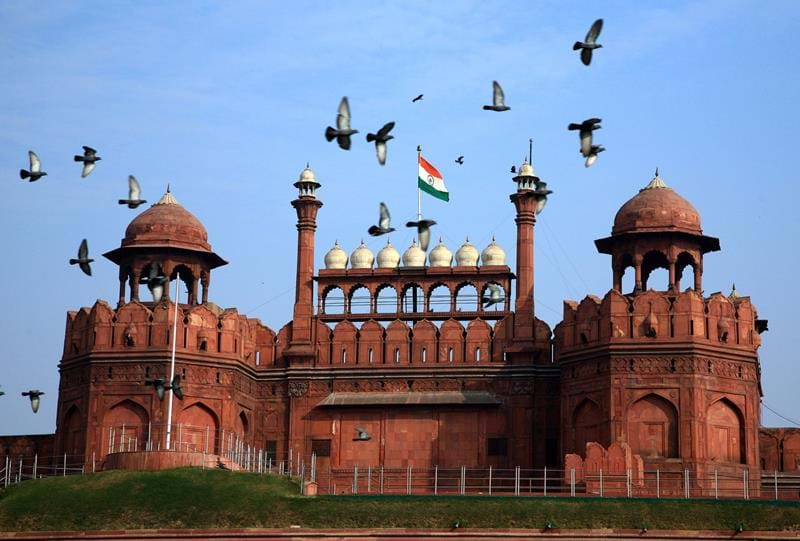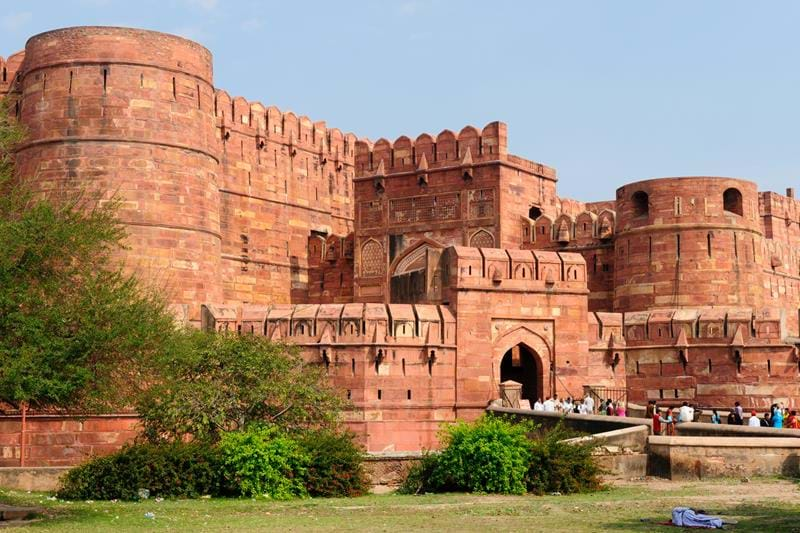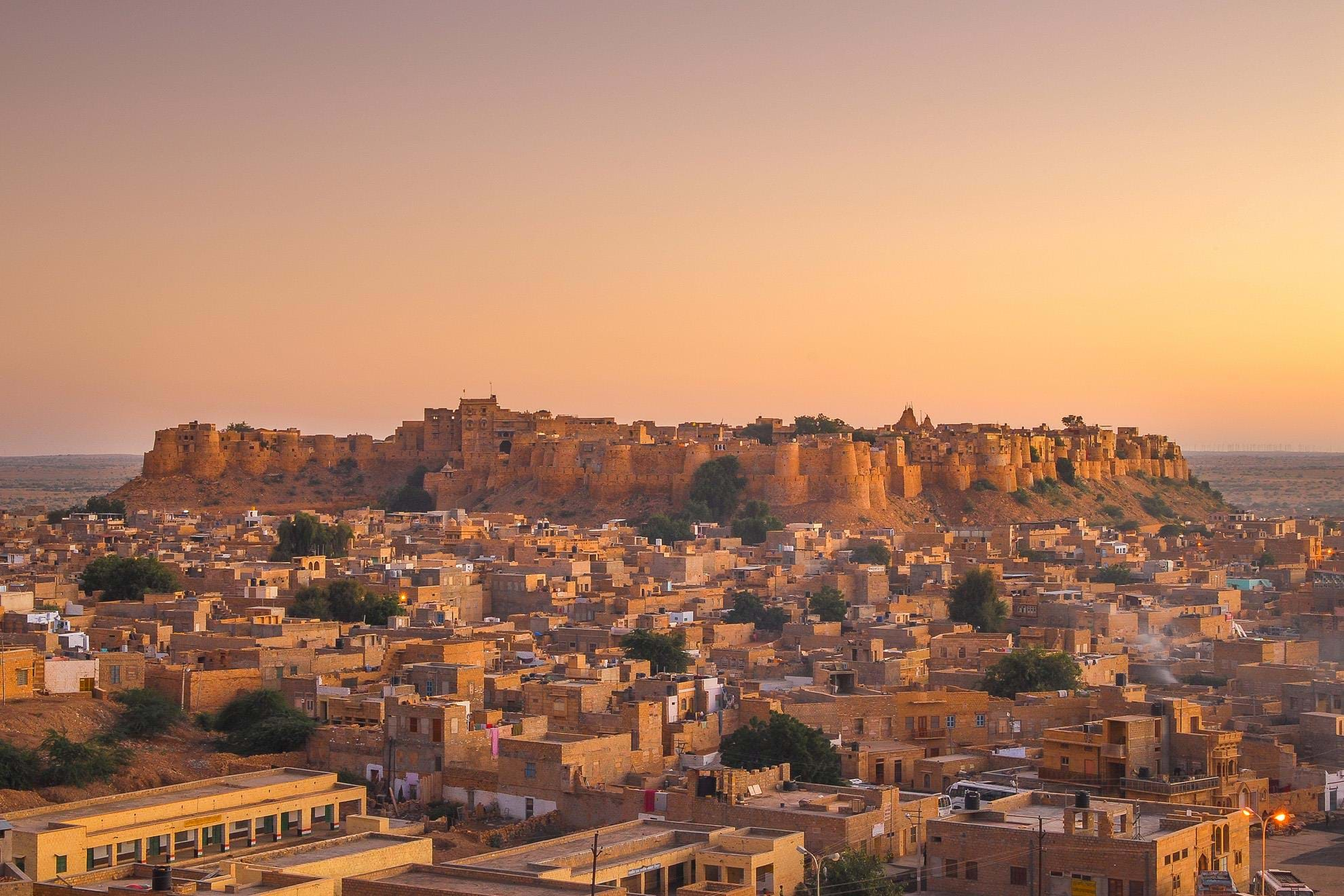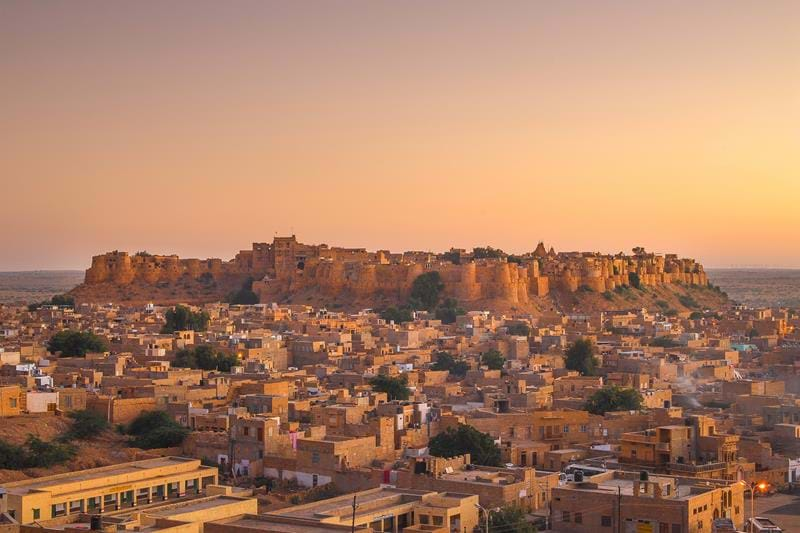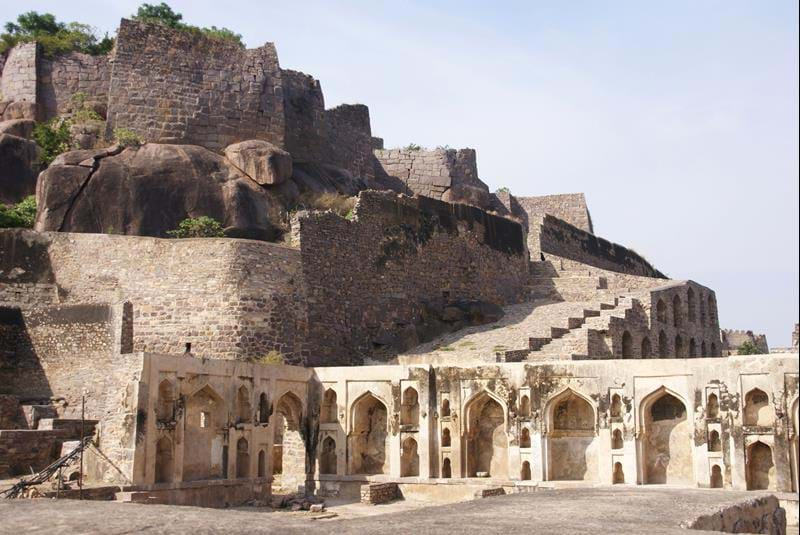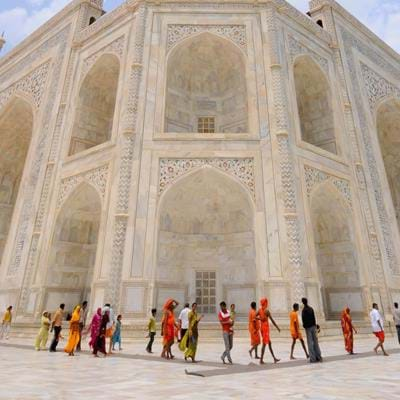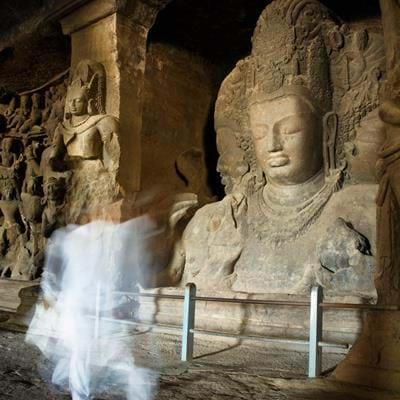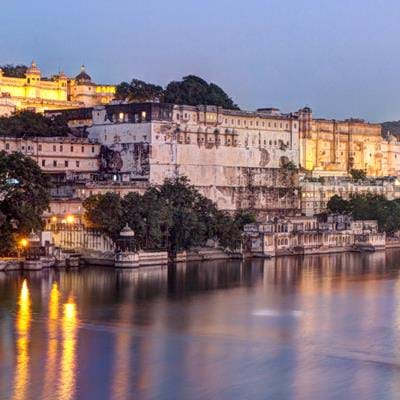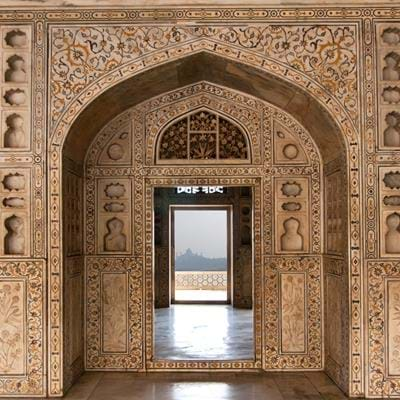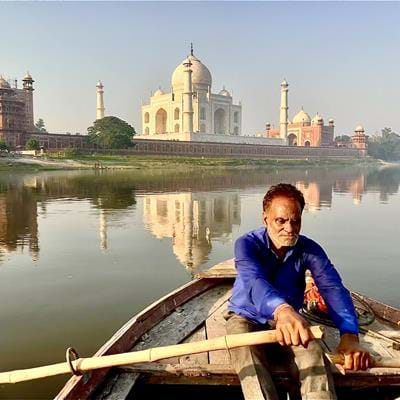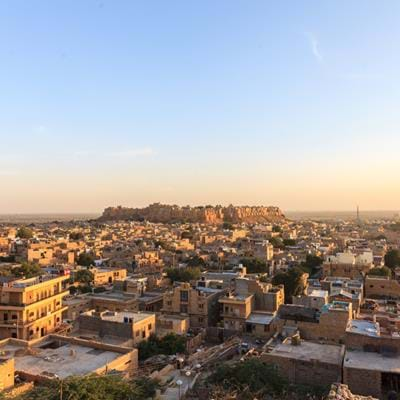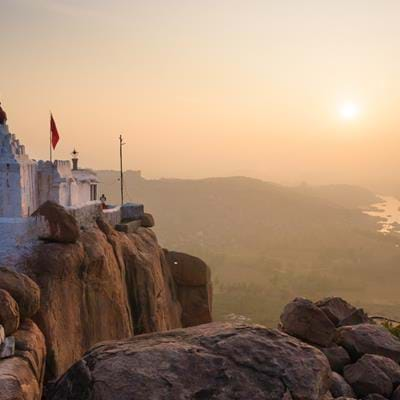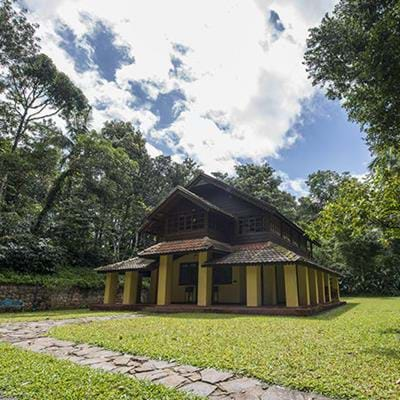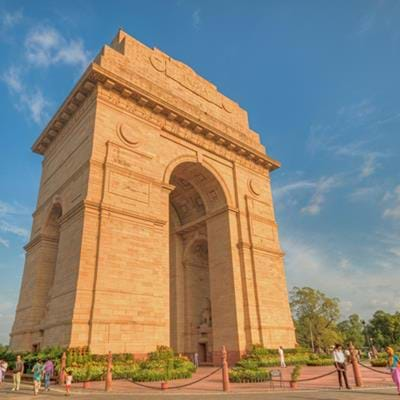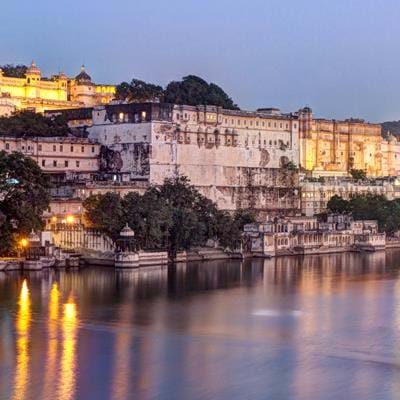India 24.04.2015 Transindus
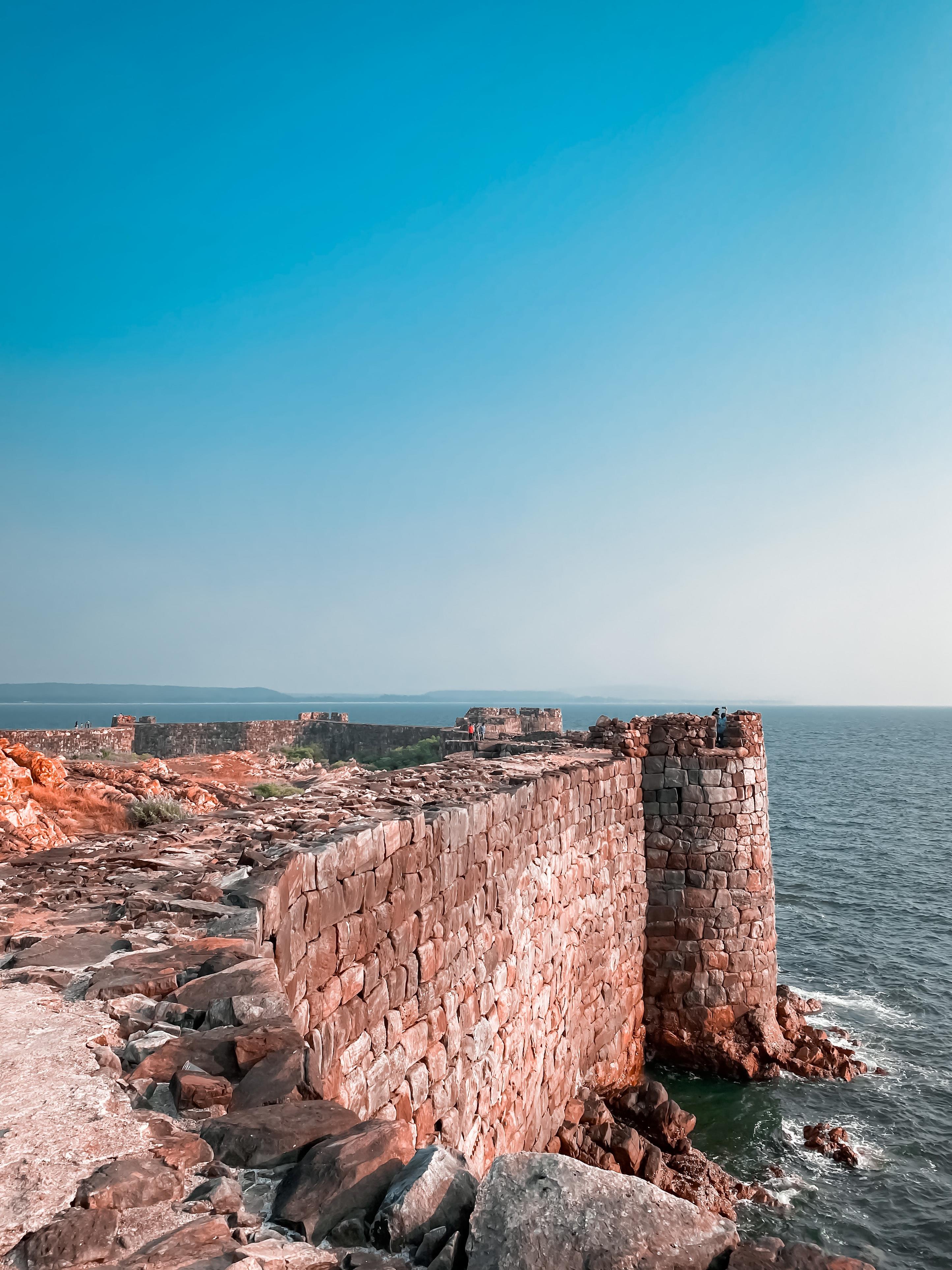
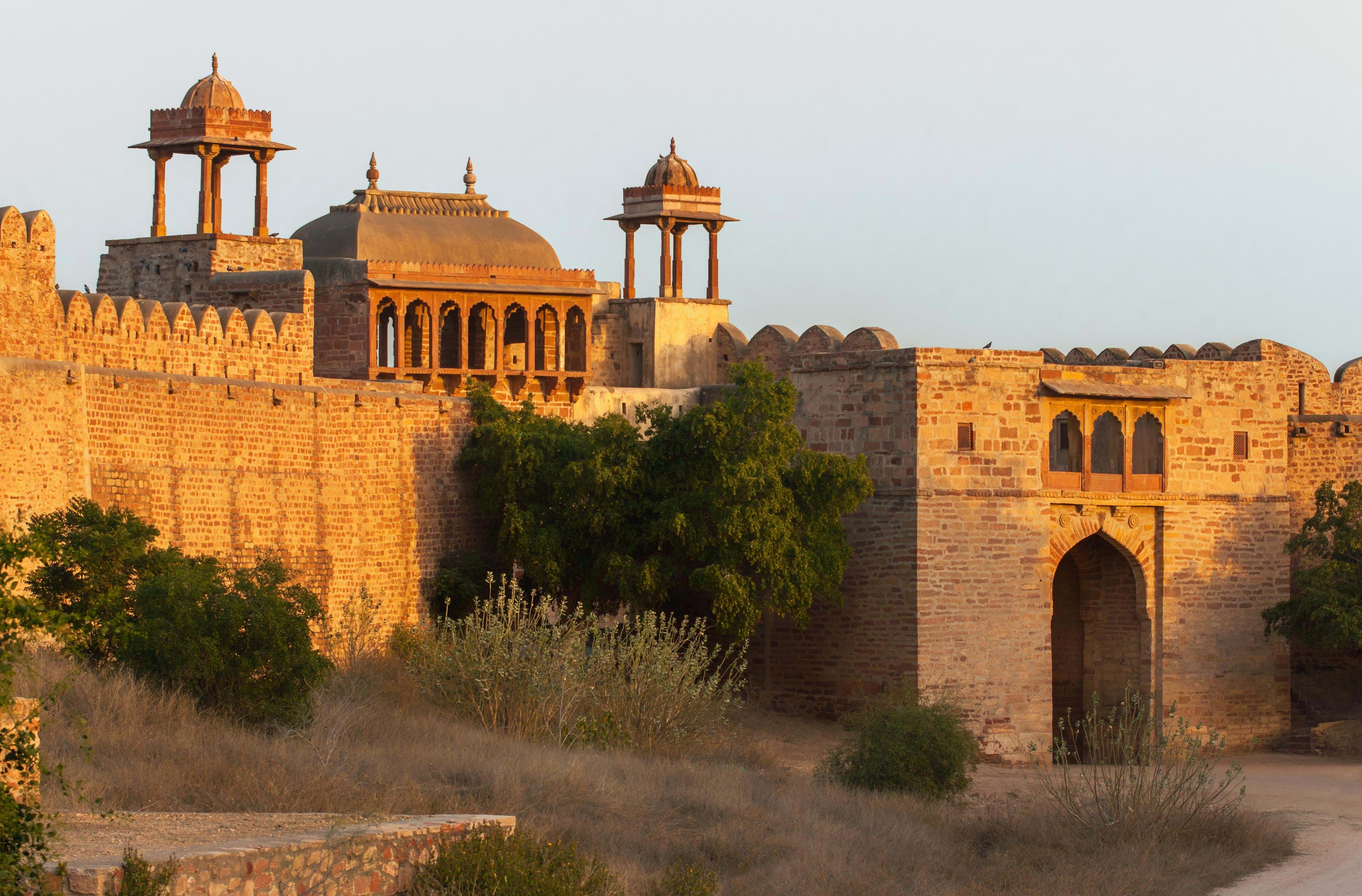 Here we list India's most historic forts and our favourites to visit on a holiday to India. The history of India can be explored through its many historic forts spreading across the country. These defensive buildings were created across the country during the various struggles to keep invading powers out. Today, they stand as testament to the conflicts of the past, often quiet and tranquil places, with stunning views out across the surrounding landscapes.
Here we list India's most historic forts and our favourites to visit on a holiday to India. The history of India can be explored through its many historic forts spreading across the country. These defensive buildings were created across the country during the various struggles to keep invading powers out. Today, they stand as testament to the conflicts of the past, often quiet and tranquil places, with stunning views out across the surrounding landscapes.
The Red Fort in Delhi
One of India's most famous military structures is the Red Fort in Delhi, which was originally founded by Shah Jahan between 1638 and 1648. After the last Mughal emperor, Bahadur Shah Zafar was driven from the fort in 1857 and exiled to Burma, the British colonialists converted it into a barracks.
This involved removing many of the beautiful buildings inside and constructing practical blocks to house soldiers instead. Despite this, it is worth seeing what is left of the fort, which was built out of a red sandstone that gives it its name. Massive 18-metre high walls still surround the complex.
To find out more about Delhi's Red Fort, click here.
Agra Fort in Agra
The most famous sight in Agra may be a certain mausoleum, but it is also home to one of the finest examples of a Mughal fort to be found anywhere in India. Occupying the banks of the Yamuna River, Agra Fort has been added to and evolved ever since Emperor Akbar started building it in 1565.
He started the masterpiece in red sandstone, but Shah Jahan, his grandson was particularly fond of white marble, so it is easy to identify his additions. Over the years it has functioned as a military fort, a palace and a gilded prison.
Jaisalmer Fort, Jaisalmer
What is unique about Jaisalmer Fort is that it is a hive of activity, with some 3,000 people still living in it to this day. Stepping inside, visitors will find themselves amid a network of winding alleyways, houses, temples, shops, restaurants and even guesthouses, all centred around the Dashera Chowk Square.
Jaisal, the Rajput ruler, started work on the fort in 1156 and it went on to be the site of battles with the Bhatis, the Mughals of Delhi and the Rathores of Jodhpur. Housing so many of the local population in modern times, it continues to be a living and evolving structure.
Golconda Fort
Despite the fact that the majority of the Golconda Fort that can be seen today was built by the Qutb Shah Kings in the 16th century, there has been a military structure on the site since much earlier. A mud fort is thought to have existed here as long ago as during the reigns of the Yadavas and Kakatiyas.
For 80 years, the fort at Golconda stood in the capital of the independent state, but in 1590, Sultan Mohammed Quli Qutb Shah abandoned it in favour of the city of Hyderabad. The impressive crenellated ramparts and gates studded with iron spikes can be seen from miles around, as the fort is situated atop a 120-metre tall granite hill.
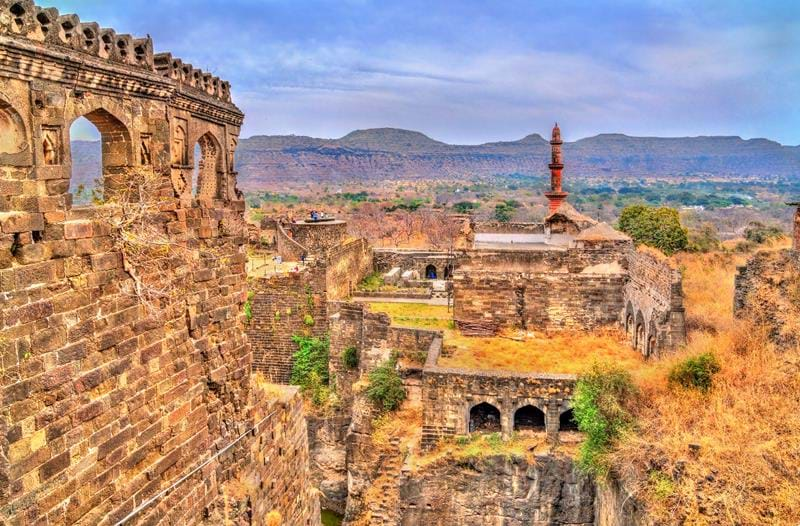
Daulatabad Fort, Aurangabad
It may be ruined, but the Daulatabad Fort is still worth a visit for a glimpse of its former splendour. The complex can be found around 15 kilometres outside of Aurangabad on the road to Ellora. Built by the Yadava kings in the 12th century and renamed Daulatabad, meaning City of Fortune in 1328, the fort is surrounded by an expansive five-kilometre long battlement.
The year of its new moniker coincided with Delhi sultan Mohammed Tughlaq's decision to relocate his capital from Delhi to Daulatabad. This involved marching the entire population of the city some 1,100 kilometres to reach the new location. After discovering that Daulatabad was untenable strategically, the people then had to retrace their steps.
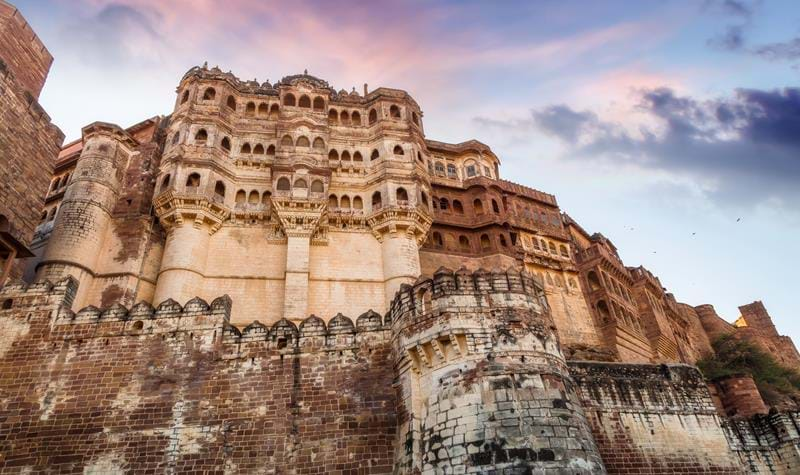
Mehrangarh, Jodhpur
Rising seamlessly from a huge, vertical cliff of sandstone, Mehrangarh was the seat of the Maharajas of Marwar, one of India’s wealthiest and most powerful Rajput dynasties. With its richly decorated palaces, royal museum and rambling, crenelated walls, the fort today still totally dominates Jodhpur’s old city, like a giant warship sailing through an ocean of blue houses. The ultimate viewpoint is not from the battlements, as you might expect, but a tiny temple clinging to a rock spur just below it, from where you get a matchless 360-degree panorama – at its most magical at sunrise.
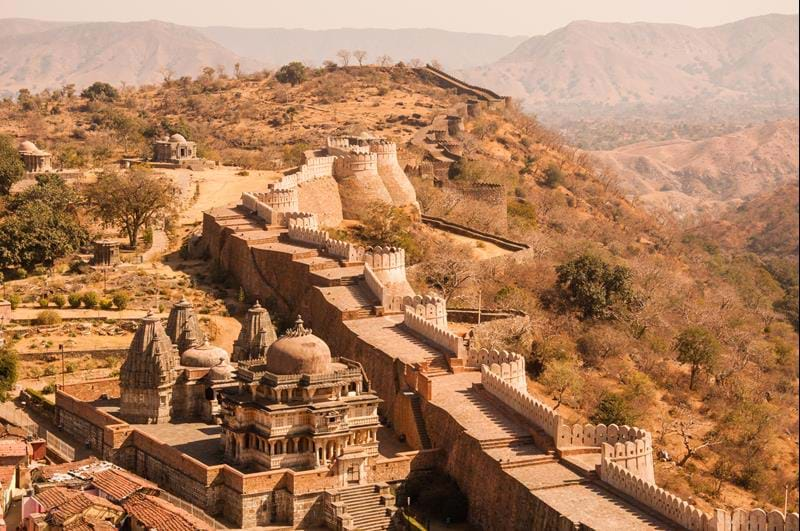
Kumbalgarh, Aravalli Hills
Anyone who enjoys remote castles and walking will relish a visit to Kumbalgarh, a mountain-top citadel high in the Aravalli Hills, midway between Jodhpur and Udaipur. The main incentive to pause for a night here is to trek around the ramparts at sunrise. The walls rise and fall for 17km, resembling the Great Wall of China in places, and give access to some wonderful Jain and Hindu forest temples. We can arrange for a local Bhil tribal guide to accompany you on your adventure.
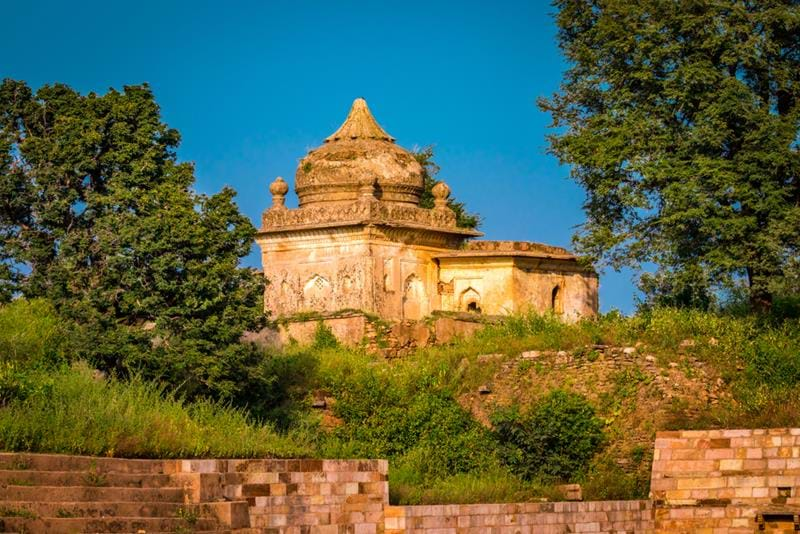
Kalinjar, Uttar Pradesh
Occupying an isolated outcrop of the Vindhya range in Central India, this magnificent fortress served as a stronghold for the Chandela Dynasty (the rulers responsible for the erotic temples at nearby Khajuraho). It’s fiendishly remote, but well worth the detour. Encircling the evocative ruins of early medieval palaces and temples, the walls afford superb views across one of the least explored region’s of the country. Accommodation is in short supply locally, but we can arrange stays at an ultra-luxurious hilltop camp, erected bespoke for your visit and serving gourmet food and drink to match the wonderful vistas.
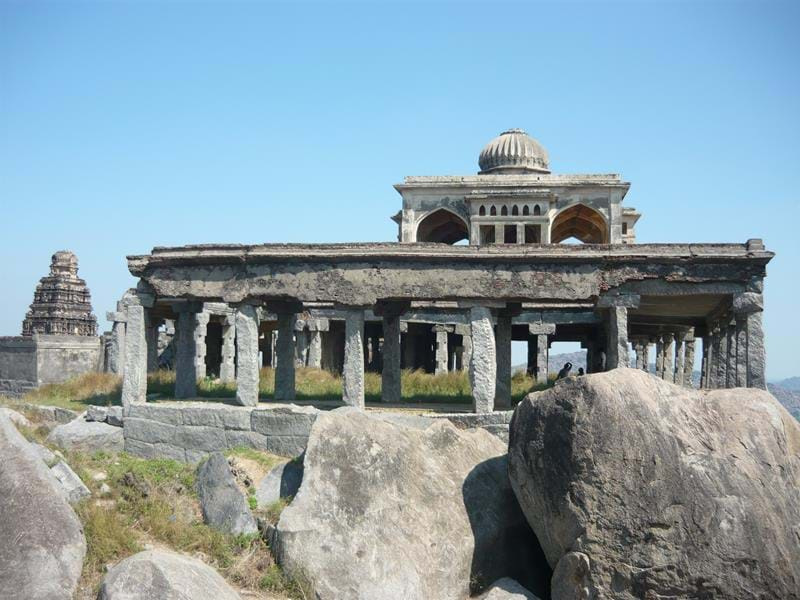
Gingee, Tamil Nadu
This off-track gem rambles over thousands of acres of sun-scorched rock and scrub in the southeastern state of Tamil Nadu. The site was where the Vijayanagar Dynasty retreated to after the defeat at the Battle of Talikota in 1565. Retaining 13km of walls, as well as numerous temples, cenotaphs and living quarters, the fort is the most impressive in South India, though you can expect to have most of it to yourself when you visit as it attracts little attention.
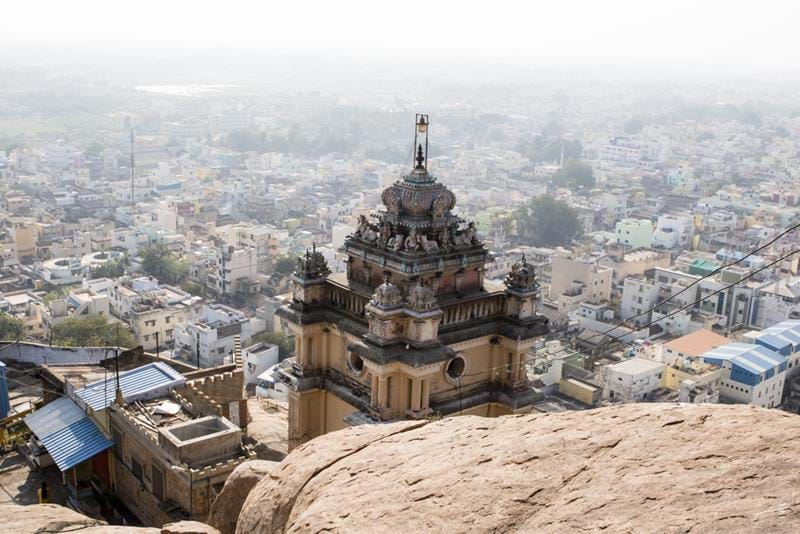
Trichy, Tamil Nadu
The great ‘Rock Fort’ in Trichy (or ‘Tiruchirappalli’ to give it its full name) is famous in the annals of British India as the place where East India Company forces, marshalled by Robert Clive, defeated the army of Chanda Sahib and his French backers during the Second Carnatic War of 1749–1754. The battle proved decisive in British attempts to foil French ambitions in the region, and ultimately paved the way for the defeat of the great Tipu Sultan. For Hindus, it is revered primarily for the rock-cut Ganesh temple at its foot, which welcomes streams of pilgrims daily.
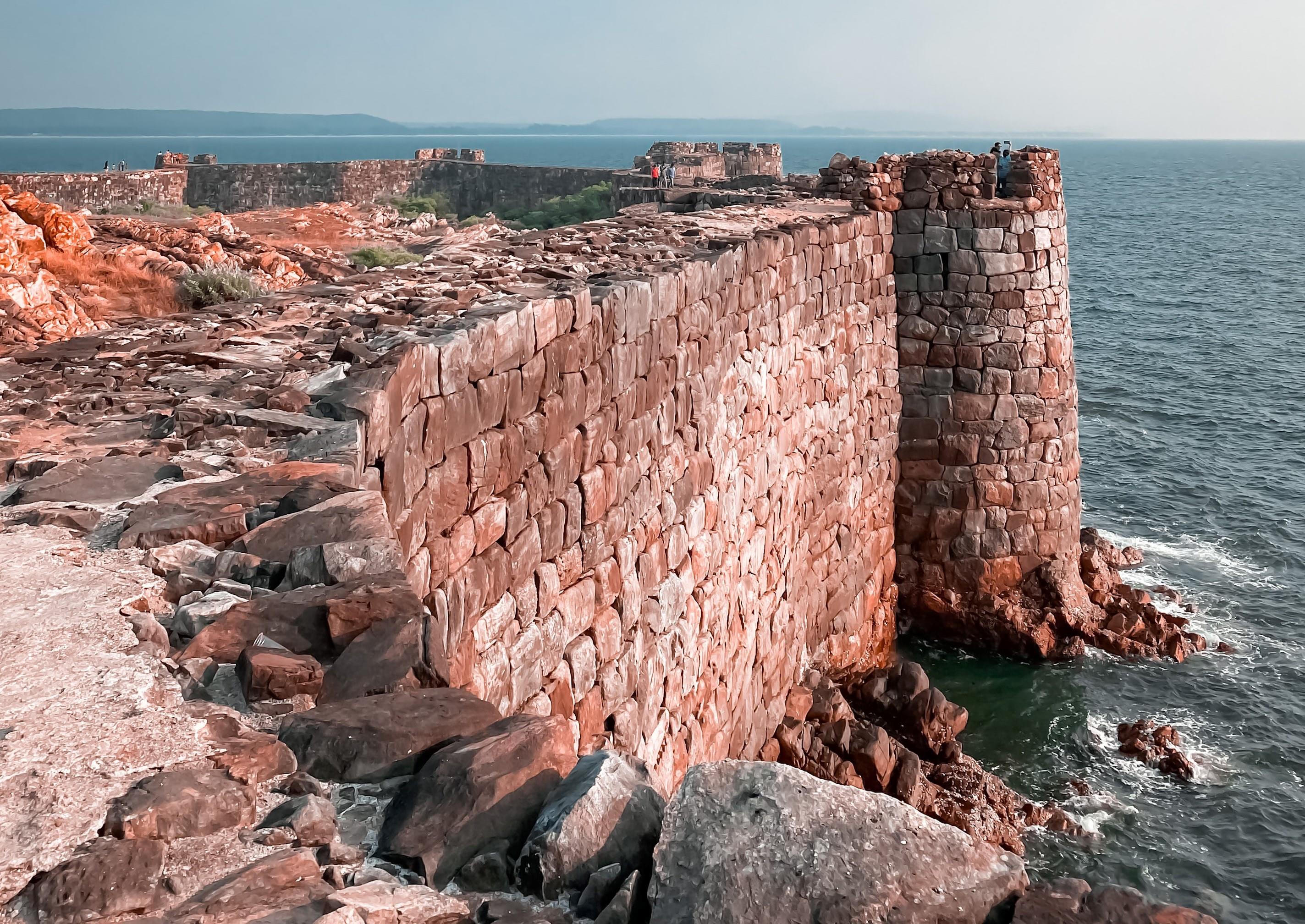
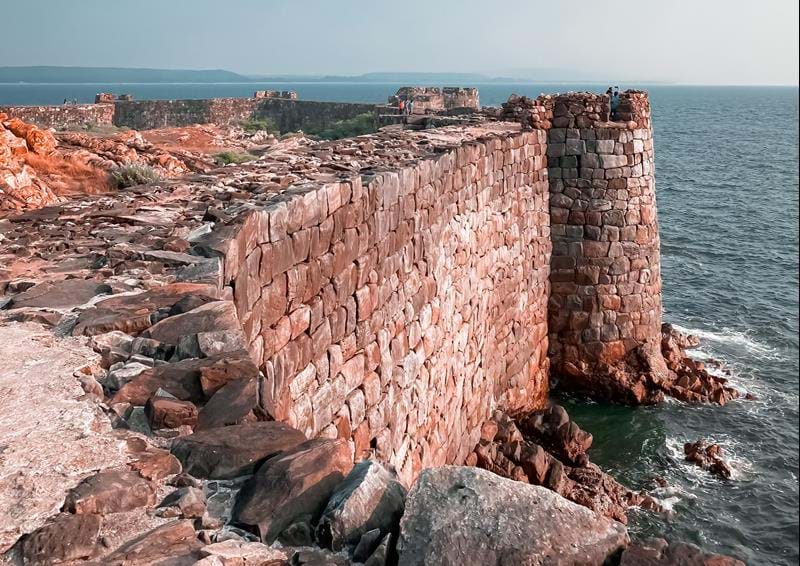
Sindhudurg, Maharashtra
Shivaji created a chain of coastal defences in order to dominate trade along India’s southwestern seaboard (which was being siphoned off by European colonial powers in the 17th century), and this was its lynchpin and most impressive element. Built of resilient laterite rock, the citadel encompasses 30 acres and is ringed by massive walls designed to withstand attack by naval artillery. Local fisherman ferry visitors out in their outriggers. Expect to spot dolphins riding the bow waves.
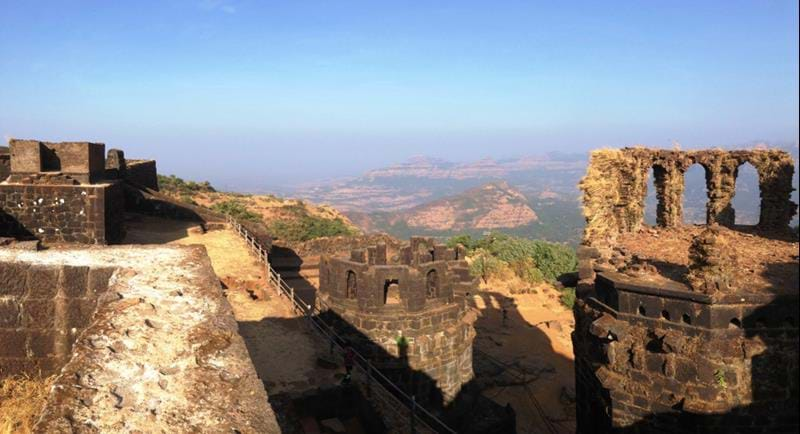
Raigad, Maharashtra
Clinging to the top of a basalt spur high in the Western Ghat mountains, Raigad was the fort chosen by the Maratha warlord Shivaji as his capital in the 17th century. Little remains of his palace, which as built of wood, but the fortifications are well preserved. Given the dizzying scale and gradients of the rock faces below, it’s tempting to regard them as unnecessary, though they saw fierce action on several occasions, most notably in 1818 when, after a long siege, Raigad was captured by the East India Company. Access is by cable car. The views over the surrounding ravines and peaks are simply astounding.
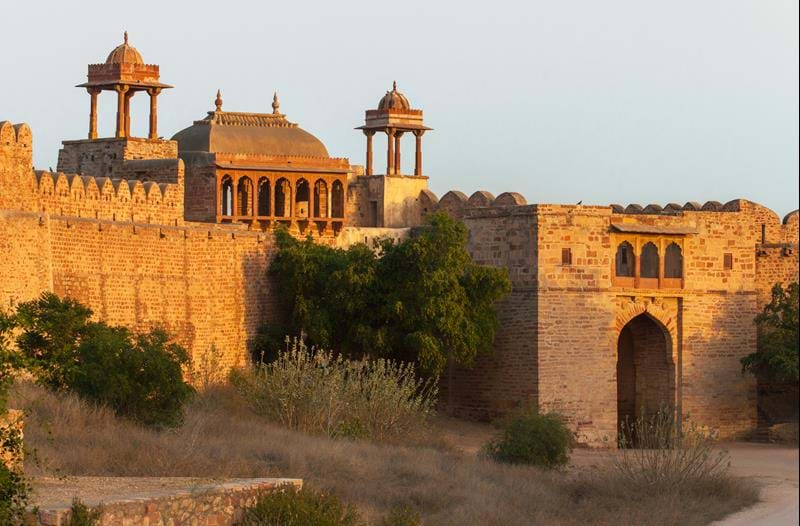
Nagaur, Rajasthan
After the hustle and bustle of Nagaur’s bazaar, the serenity that greets arrivals at the gateway of the town’s 12th-century fort comes as a welcome surprise. Behind a curtain of high walls, guarded by teams of frock-coated, turbaned retainers, lies an exquisite gem of a fortress-palace, sculpted from the local red sandstone. Intricately decorated royal apartments tower above hidden courtyards lined by pillared walkways and babbling watercourses. The loveliest lie within the former women’s portion of the palace, where ten walled havelis formerly accommodated the queen and consorts – a wing now given over to an elegant heritage hotel, Ranvas.
